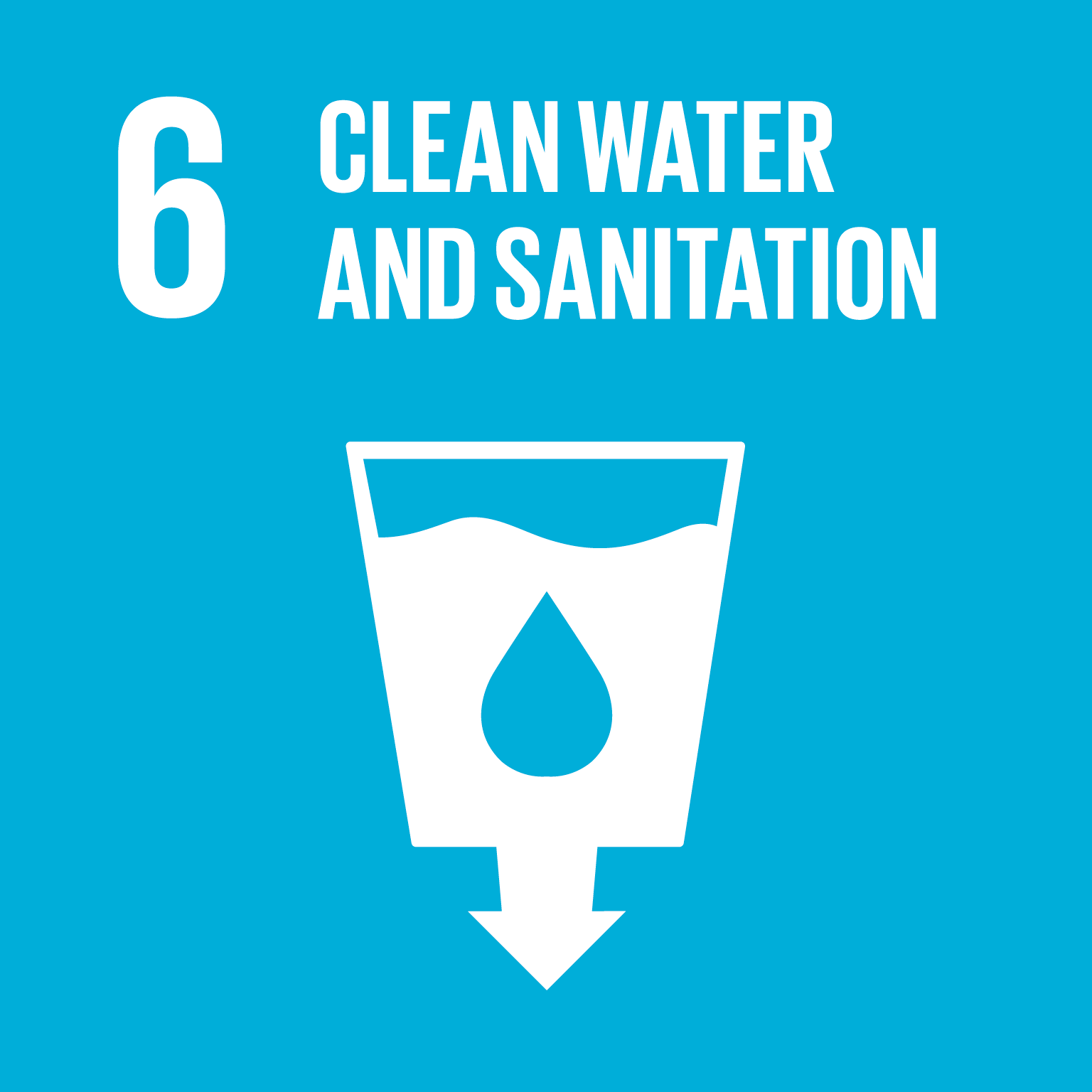ACCIONA has used a pre-coat filtration system in many facilities, such as the Tampa SWRO (Florida). The pre-coat filters used by ACCIONA are high efficiency pressure filters for retaining suspended solids. They are particularly effective for solutions that require a high level of quality, such as pre-treatment for desalination by reserve osmosis, solutions with low solid content, with SDIs below 3.
The pre-coat filter can add to the filtration and absorption properties, depending on the type of material used to make the pre-coat. They are also used for processing oils and grease, when using other filter types would be unsuitable.

